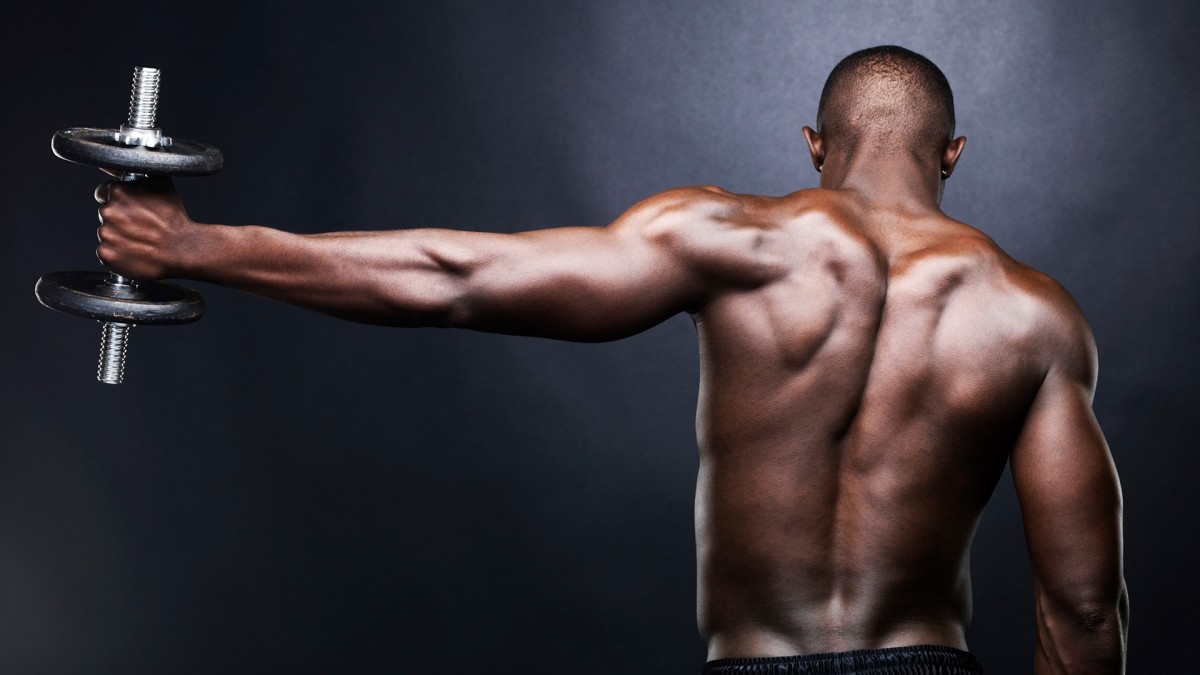Lose Weight > Common Sense To Lose Weight > Common Sense Article > Yoga Isnt Just For Skinny, Flexible, White Women
Yoga Isnt Just For Skinny, Flexible, White Women
Held on the first day of summer, it's a huge outdoor event with corporate sponsors, and said to be one of the largest yoga classes in the world.
The energy of being there was invigorating. However, I couldn't help but notice how the media covered the event: they selected only thin, white, and very flexible people to feature in their coverage, even though many women of color and people of all ages, shapes, and sizes were there.
It was disheartening, to say the least.
Already there are perceptions among many women of color that yoga is not for them—that it's for white women. This is due largely to our Westernized pop culture, the images yoga companies use in marketing, and the way yoga is covered in the media. Most people don't know that yoga was originally created by and for men in India.
The Solstice media coverage only exacerbated this misunderstanding.
I, too, not only once held these beliefs, but I also thought yoga wouldn't be effective enough exercise. (Go figure, given all the celebrities who practice it!)
I had reached a plateau in my weight loss and my vitalist (my go-to person for fitness training, nutritional guidance, and motivation), Yves Bony, recommended an intro class at Bikram Yoga Park Slope in Brooklyn, NY.
There, I learned that in any posture "100% of your body's best effort is 100% benefit." This physical control, plus the breath synchrony of yoga, have lessened the effects of both my mild scoliosis and asthma. My spine strength and aerobic stamina have improved greatly, and I have recaptured some of the flexibility of my youth.
And so, inspired by the profound impact of Bikram on my health and wellbeing, plus the experience of being at the monumental event in Times Square, and motivated by negative feelings about how it was reported, I was inspired to create Yoga to the Curvy Curly (YTTCC).
This grassroots movement addresses two misconceptions about yoga that I hear all the time, particularly from women of color:
- I'm not flexible enough, not in good enough shape, and it's only for certain types of people.
- I have naturally curly hair, styled straight, and sweat makes it difficult to maintain.
The core inspiration for YTTCC is women of color, but the movement is all-inclusive. It's similar to how the Civil Rights was triggered for African-Americans, yet has emerged to represent an overarching umbrella for equality among diverse groups of people.
The YTTCC effort is not the first nor only to expose the benefits of yoga to communities of color. The preeminent are the Yoga Retreat for Women of Color at the Kripalu Center in Massachusetts and the Africa Yoga Project. Yet, YTTCC transcends race and ethnicity with a focus on attracting diverse body and hair types.
We held our first event in Brooklyn in September 2012, with more than 200 attendees. I hope you'll follow the movement and share the energy with friends at Facebook.com/YogatotheCurvyCurly and Twitter.com/YTTCC.
Photo Credit: Stefano Giovannini
Related Articles
-
Your Finest Days Are Not Behind, Lose Weight Now
The U. S. Prides itself on its competiti
-
Tip On How To Lose Weight Fast
To lose weight fast, the best tip I can
-
Diet Preparaton The Impact Of Sleep And Stress
When you have started a diet in the past, how much sincere and attenti
-
10 health benefits of drinking blueberry juice
Blueberry juice is a delicious beverage packed with health ben
-
Weight Loss Foods - Worth the Weight
Our weight weighs heavily on our minds, and it should. Approximatel
-
Dieting The Frugal Way
Do any of these sound familiar? 1. Your favourite jeans does not fi
- DON'T MISS
- Government Considering Paying Obese People to Lose Weight
- Effect and ineffective methods to tame hot flashes without hormones
- Loss Of Weight Tips
- Special K Mixes Up Weight Management With New Special K20 Protein Water
- How Dangerous Are Weight Loss Supplements?
- Herbal remedies for disorders of extreme panic
- Staying Away from Fad Diets
- The Clock And The Mirror
- Quick Weight Loss: the Unhealthy Way to Lose Weight
- The Story Of Phentermine And The Weight Loss Cocktails




